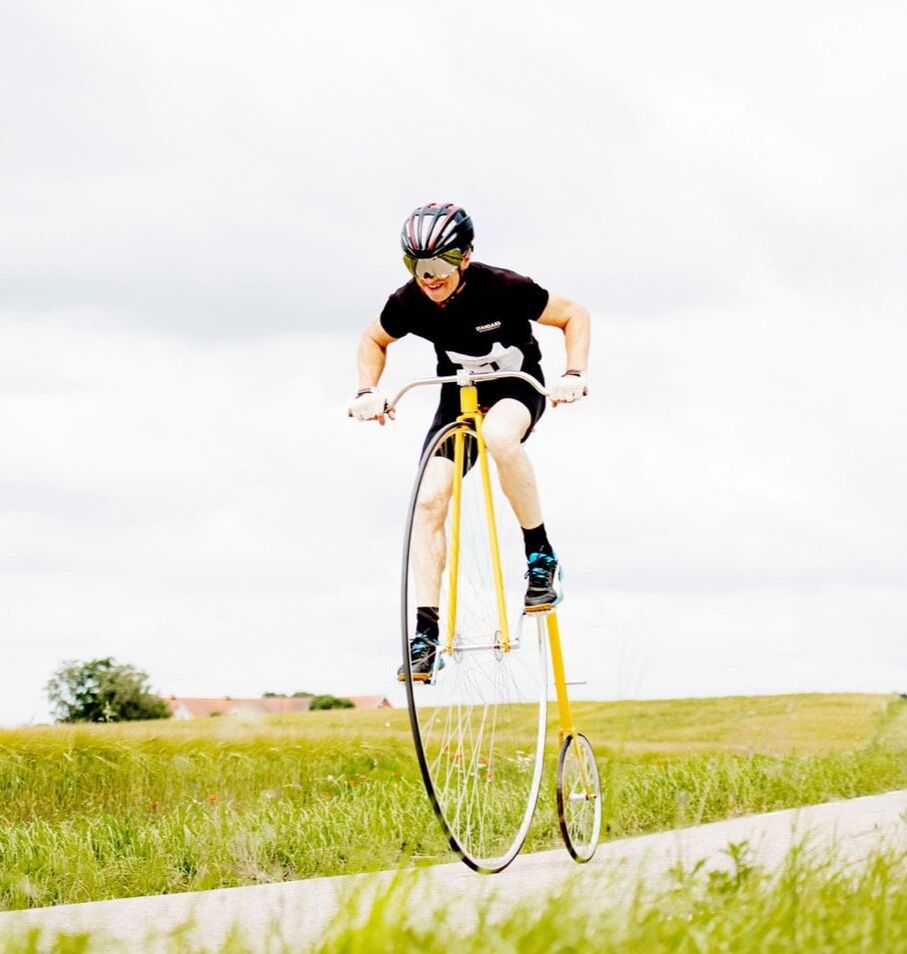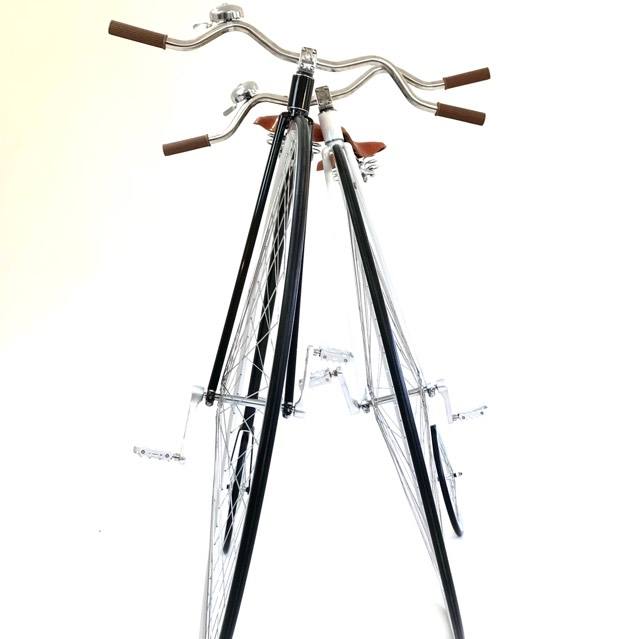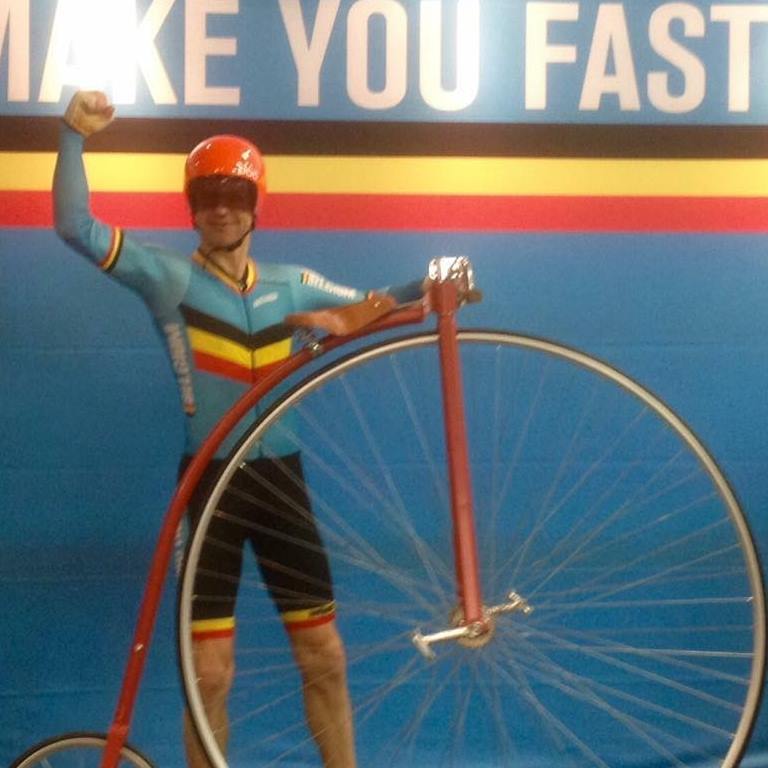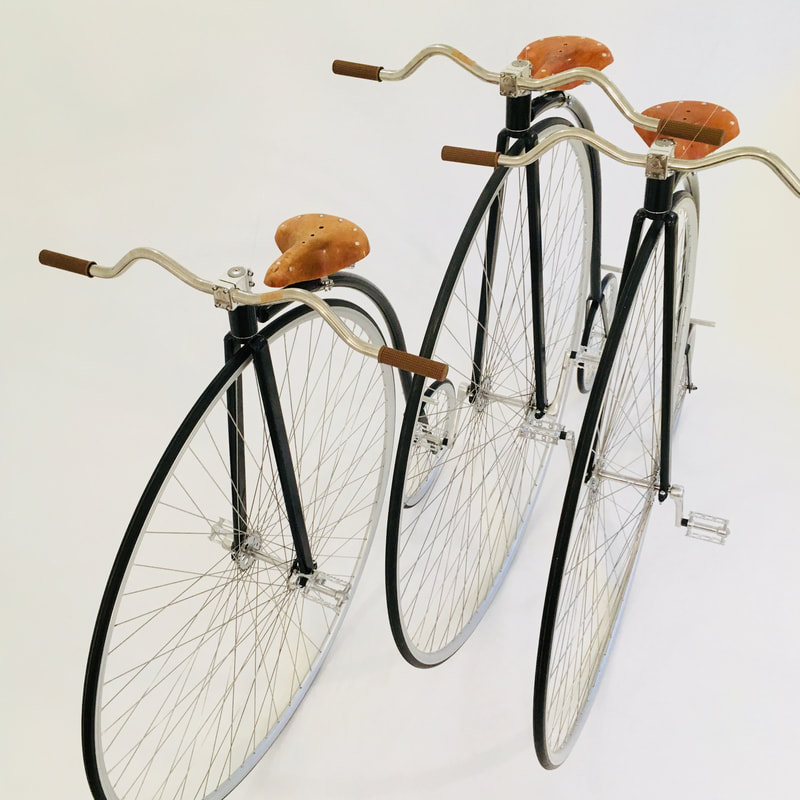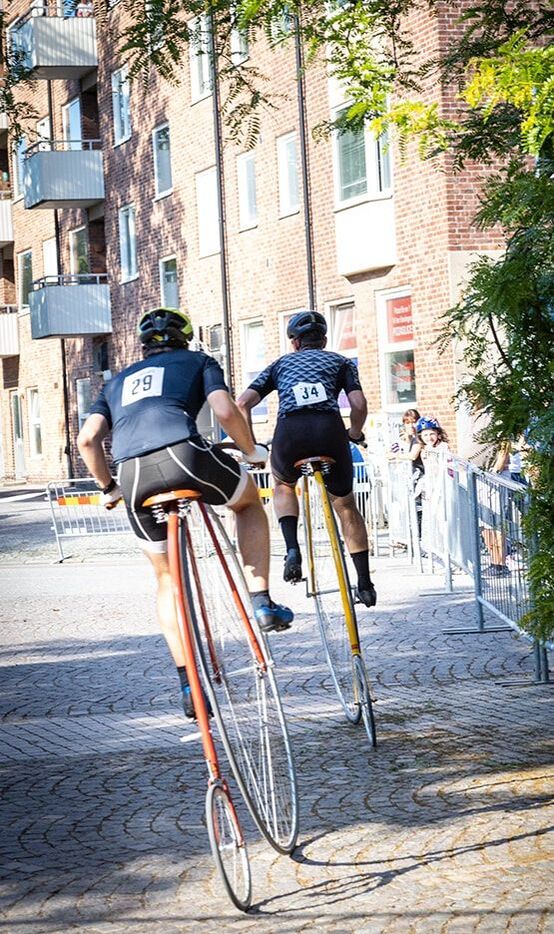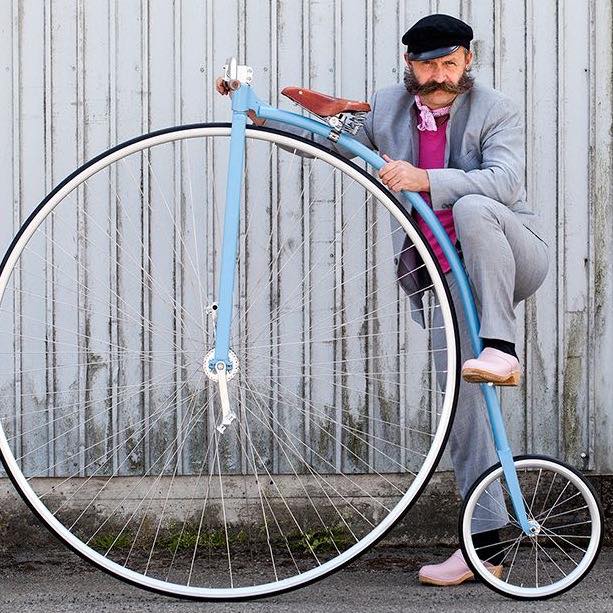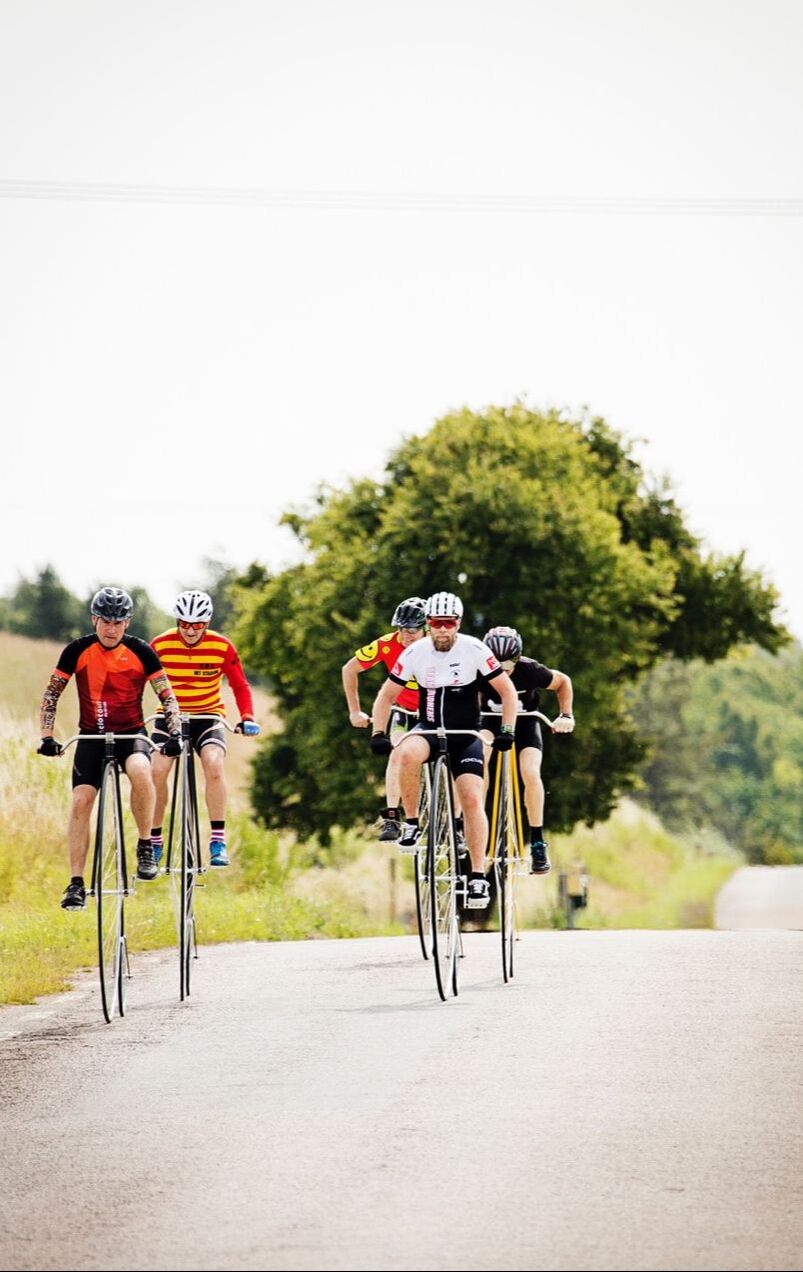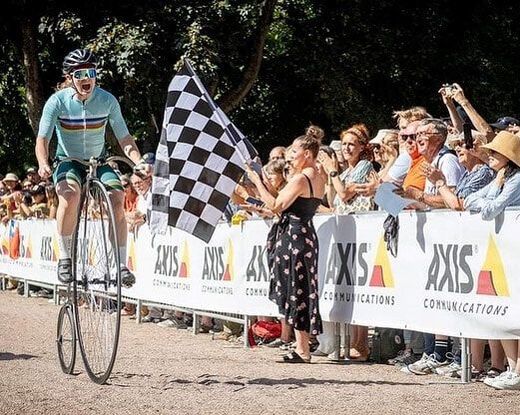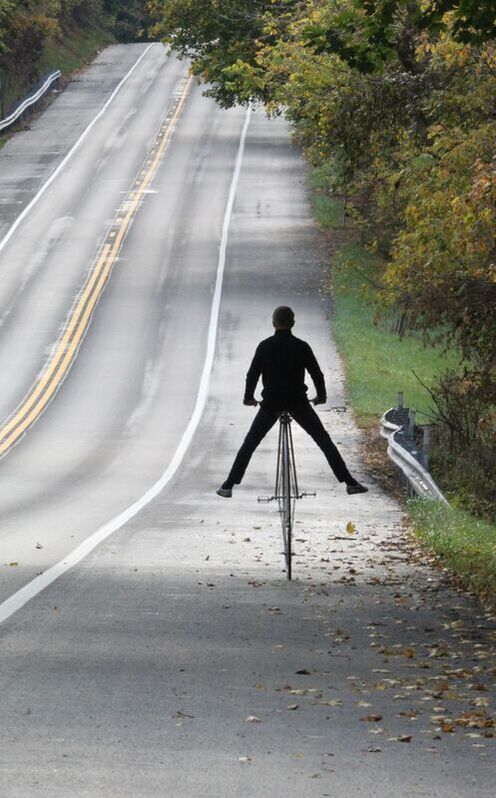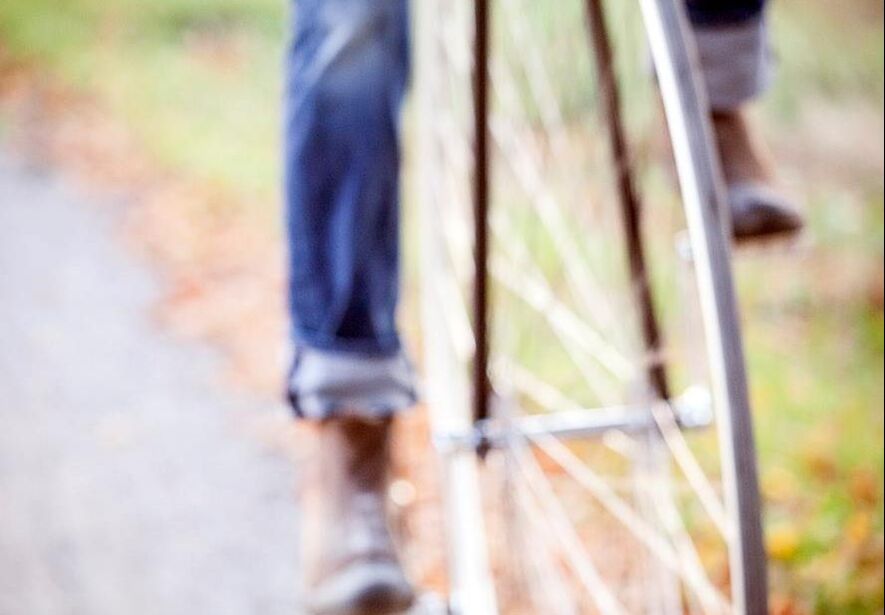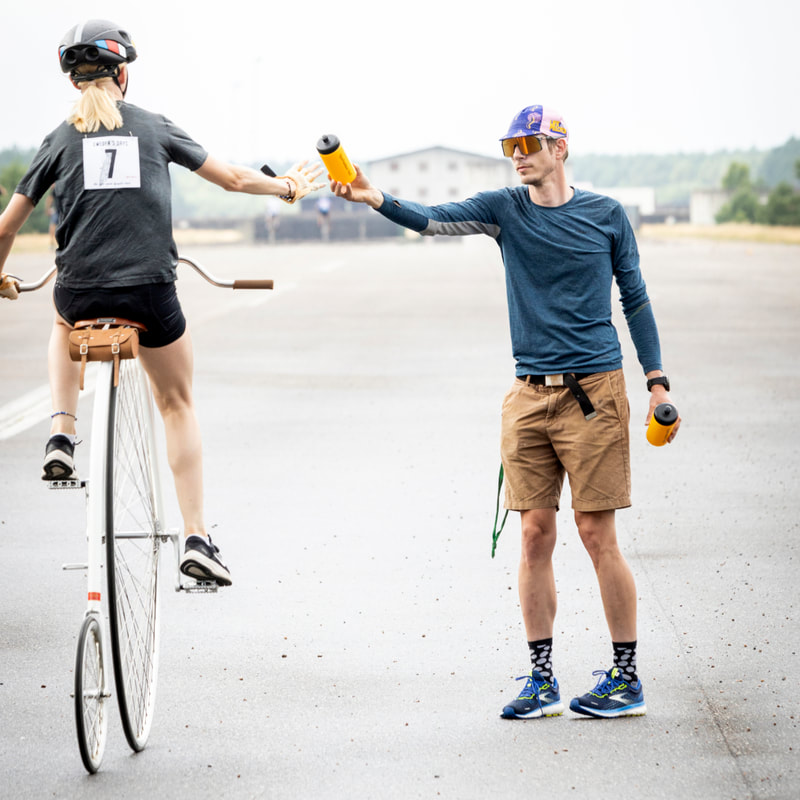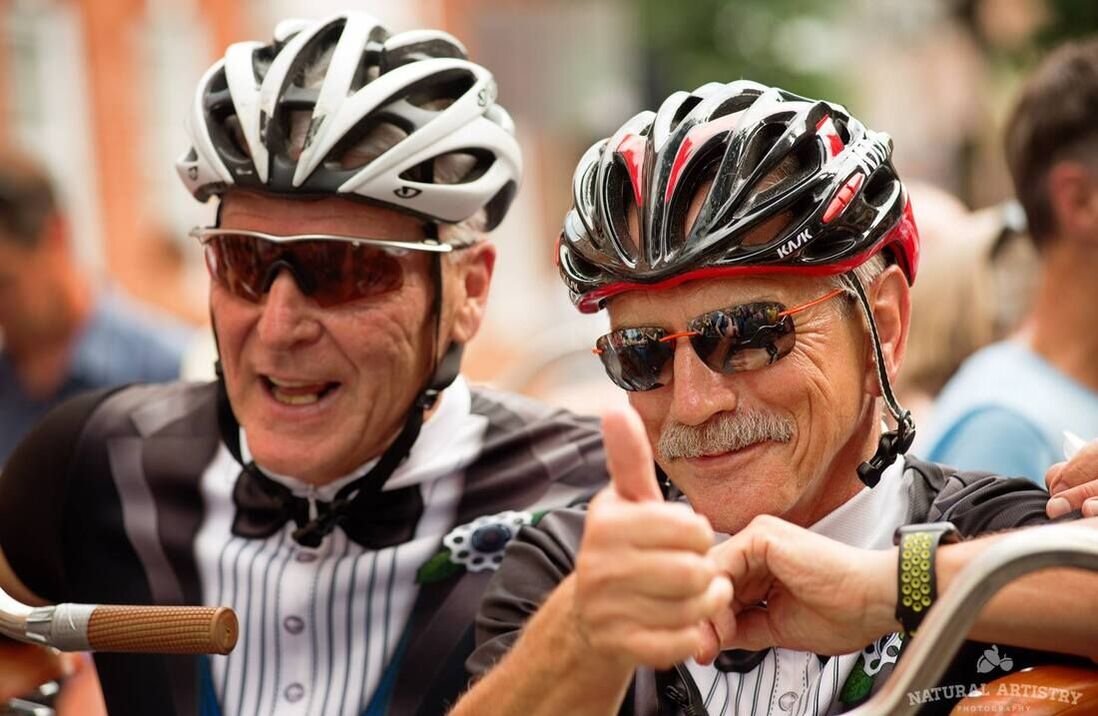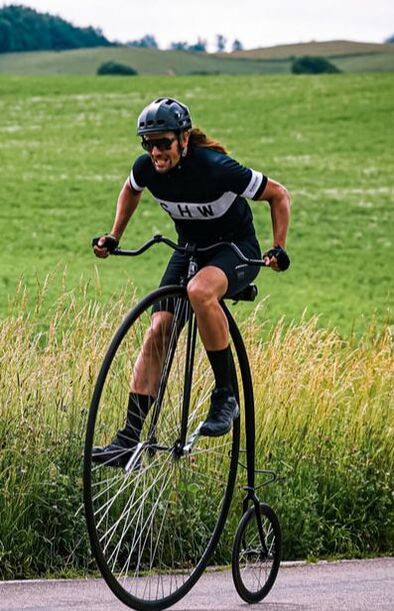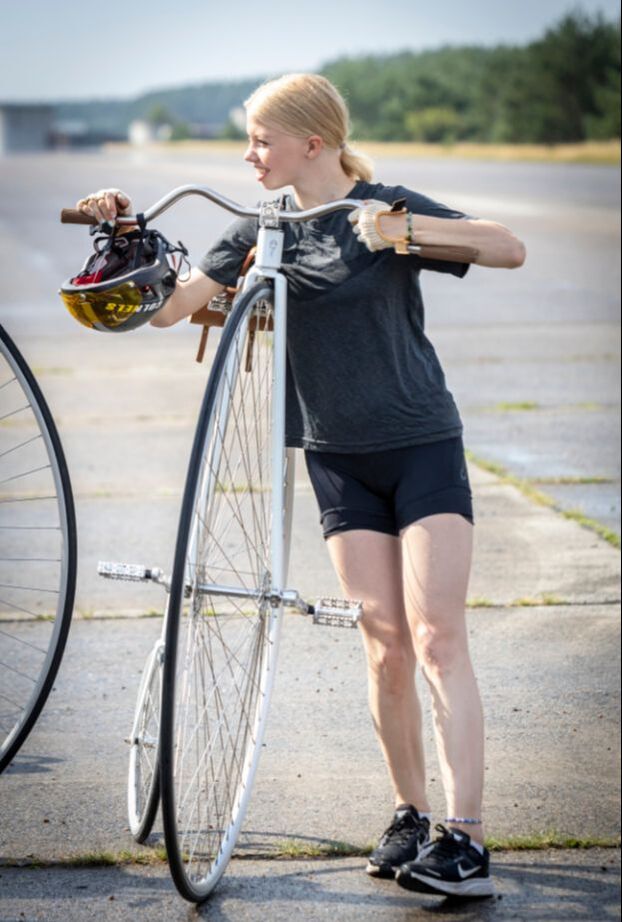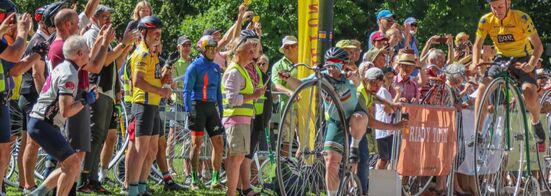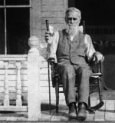BEST BIKE EVER
Difficult? Not really. Most people will learn within an hour (or a week).
All you need is that special character that combines fearlessness and fun.
GET A HIGHWHEEL BIKE AND JOIN THE FUN
it is challenging, it is fun, it is fantastic and it is healthy
All you need is that special character that combines fearlessness and fun.
GET A HIGHWHEEL BIKE AND JOIN THE FUN
it is challenging, it is fun, it is fantastic and it is healthy
"you will never forget, or regret"
WHERE THERE IS A HIGHWHEEL BIKE THERE IS AN ADVENTURE
The world of highwheel bicycles is a fantastic world full of adventure. All kinds of people come together and having fun. Some like excursions on their own while others prefer riding together. For those who like to share the experience, there are meetings and races all over the globe.
|
Standard Highwheels was established in 2013 by Swedish architect P-O Kippel.
”When rest of the world was standing still, just watching and doubting, we went on with our investment. We had some problems to overcome and the premiere were delayed several times. But finally the super bike was there…” When building a unique product you are also developing relationships to suppliers which strengthen the design, materials and execution to highest level. Standard Highwheels is a company, a project and most of all a fantastic bicycle for those who are not afraid to stand out, for those who are close to passion, joy and perhaps a touch of madness. The experience of riding a high wheel bicycle is simply superior to the one of a regular bike. |
THE COMPANYStandard Highwheels
Kärngatan 1 27397 Tomelilla Sweden VAT: SE670718415301 |
|



